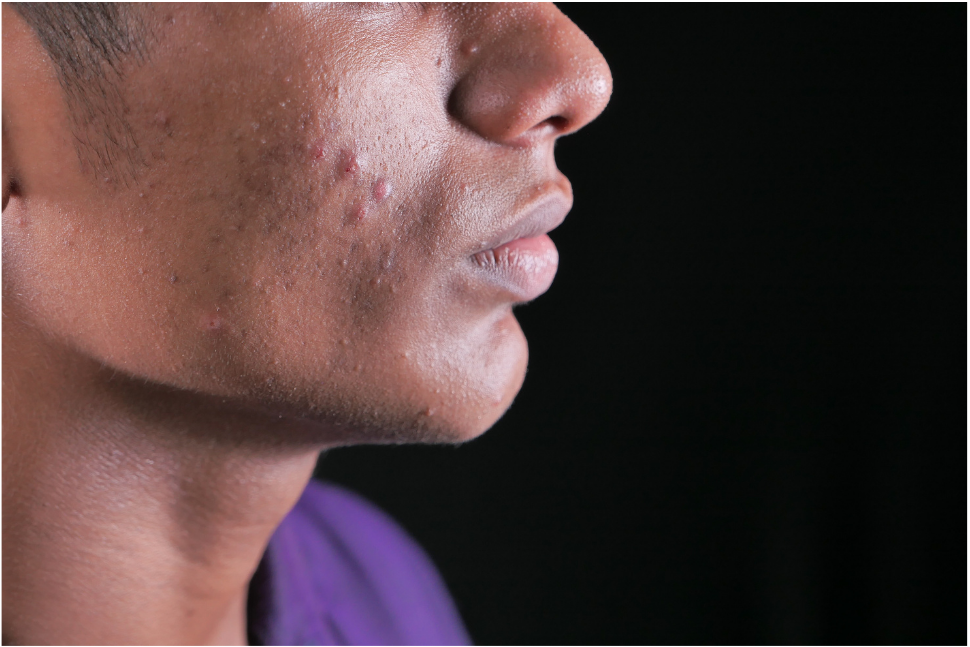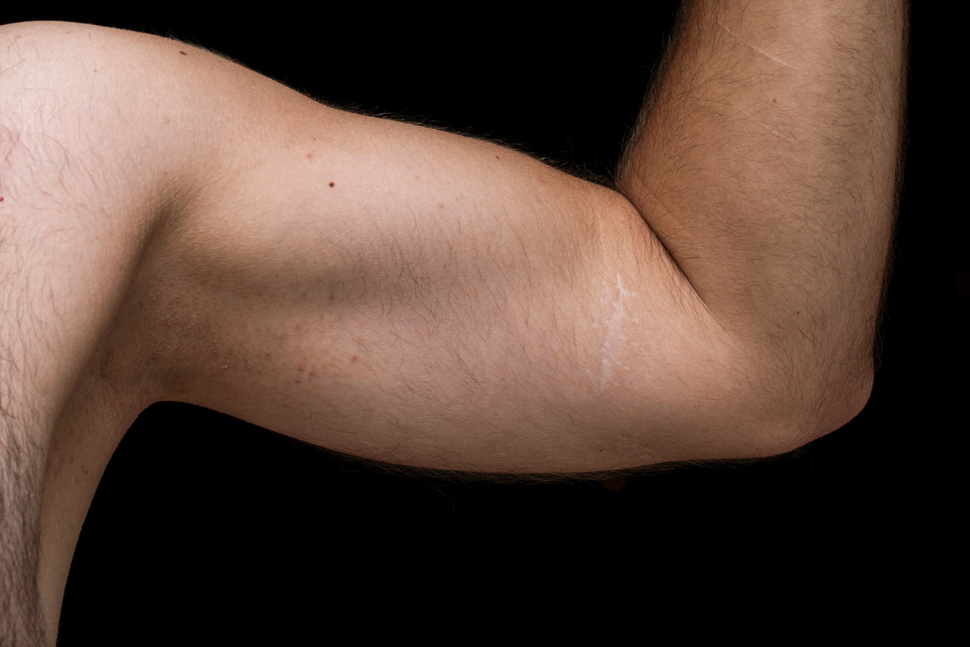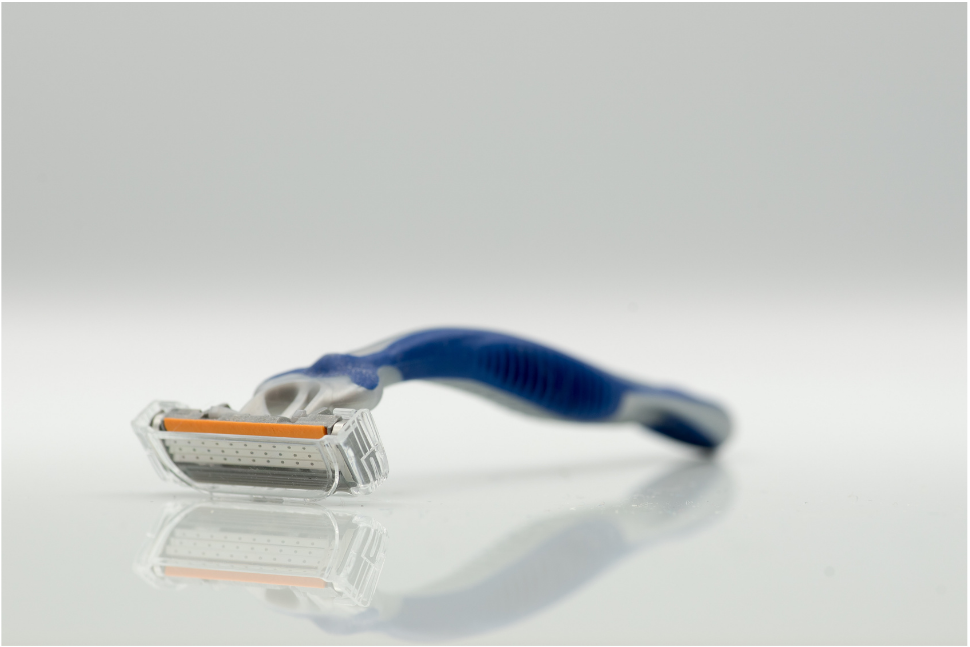Acne is a common skin condition that affects millions of people worldwide. If you suffer from acne, you probably want to get rid of it. Unfortunately, shaving can worsen acne breakouts. How can you shave without causing further damage?
Shaving is one of the easiest ways to remove hair from your body. Many men enjoy the feeling of smooth skin after they shave. However, some men experience razor burn or ingrown hairs. This happens because the razor blades cut into the skin too deep. The result is redness, swelling, and irritation.
There are several things you can do to prevent razor burn and ingrown hairs -
- Don't overdo it. Try to shave only once every two to three days.
- Use a new blade each time you shave.
- Try using a moisturizing cream before shaving.
What is the difference between Razor Bumps and Acne?
Razor bumps occur when the skin becomes irritated by the razor. The cells swell up and create small bumps on the surface of the skin. These bumps usually disappear within a few weeks.
Acne occurs when oil glands become clogged with dead skin cells. When this happens, bacteria multiply inside the glands. The result is pimples.
Acne is caused by an imbalance between sebum production and its removal. Sebum is a natural lubricant produced by the oil glands. It helps keep the skin soft and supple. Too much sebum causes excess oiliness.
When the oil glands become blocked, the skin gets oily. Dead skin cells build up and form plugs in the pores. This leads to blackheads and whiteheads.
If you have acne, you probably know how frustrating it is to see your face covered with zits. You may feel like giving up altogether. But there are many effective treatments for acne. One of them is shaving.
How does shaving cause acne?
The main reason shaving causes acne is that the razor cuts through the outer layer of the skin, which contains oil glands. As soon as the razor touches the skin, the oil glands produce more oil. The oil glands also produce extra sebum, making the skin greasy and oily. The grease attracts dirt particles and bacteria.
These bacteria multiply inside the oil gland. They feed off the oil and produce pus. Pus collects under the skin and forms a bump called a comedone.
Helpful Tips for Shaving With Acne
Here are some helpful tips for shaving with acne.
1. Use a new blade each time you shave. Dull blades make it easy to cut through the skin, leading to cuts and nicks. Dull blades also reduce your chances of getting ingrown hair.
2. Use a moisturizing lotion before shaving. Moisturizing creams help to hydrate the skin and protect against dryness.
3. Apply a small amount of shaving cream to your face. Using a little bit of shaving cream will ensure that you get a close shave. It also helps to create a barrier between the blade and your skin.
4. Apply shaving foam sparingly. Too much shaving foam can leave your face feeling wet and greasy.
5. Avoid over-shaving. Over-shaving can irritate your skin and cause razor bumps.
6. Avoid shaving at night. Shaving at night can lead to irritation because your skin is less likely to heal overnight.
If you still get razor burns and ingrown hairs, see your doctor. Ingrown hairs and razor burn are both signs of inflammation. Your doctor can prescribe medication or recommend alternative treatments.
How to choose the right razor if you have acne?
You don't need to worry about shaving every day if you have acne. There are plenty of options available to you. Here are some things to keep in mind when choosing the right razor for your needs.
1. Look for a razor that has a close shave design. These razors are ideal for people who want a clean-looking beard.
2. Look for a razor with a rounded head. Rounded heads allow the user to reach all face areas without straining their neck.
3. Look for a razor whose handle fits comfortably in your hand. You don't want to be constantly adjusting the grip while shaving.
4. Consider the length of the handle. Longer handles are better for people who like to hold the razor closer to their face.
5. Look for a razor's angle. The angle of the blade allows you to shave more efficiently.
6. Look for a sharp razor blade. Sharp blades provide a smooth shave.
7. Look for a razor cartridge that contains lubricating gel. Lubricating gels prevent friction during the shaving process. They also soften the hairs and increase comfort.
Frequently Asked Questions
Is it OK to shave if you have acne?
Yes! Although shaving may aggravate existing acne, it doesn't cause acne. Shaving stimulates oil glands and increases sebum production. This means that shaving improves the appearance of acne.
Shaving also removes dead skin cells, which can lead to clogged pores. So, even though shaving can worsen acne, it can also improve it.
Can I use a different razor or cream if my skin is sensitive?
Yes! If you experience irritation after shaving, try using a different razor or cream.
There are many good products in the market today. Some are specifically made for sensitive skin, while others contain ingredients that soothe irritated skin. Try one of those first.
You May Also Like to Read
Why Should You Use Activated Charcoal Face Wash?




Leave a comment
This site is protected by hCaptcha and the hCaptcha Privacy Policy and Terms of Service apply.